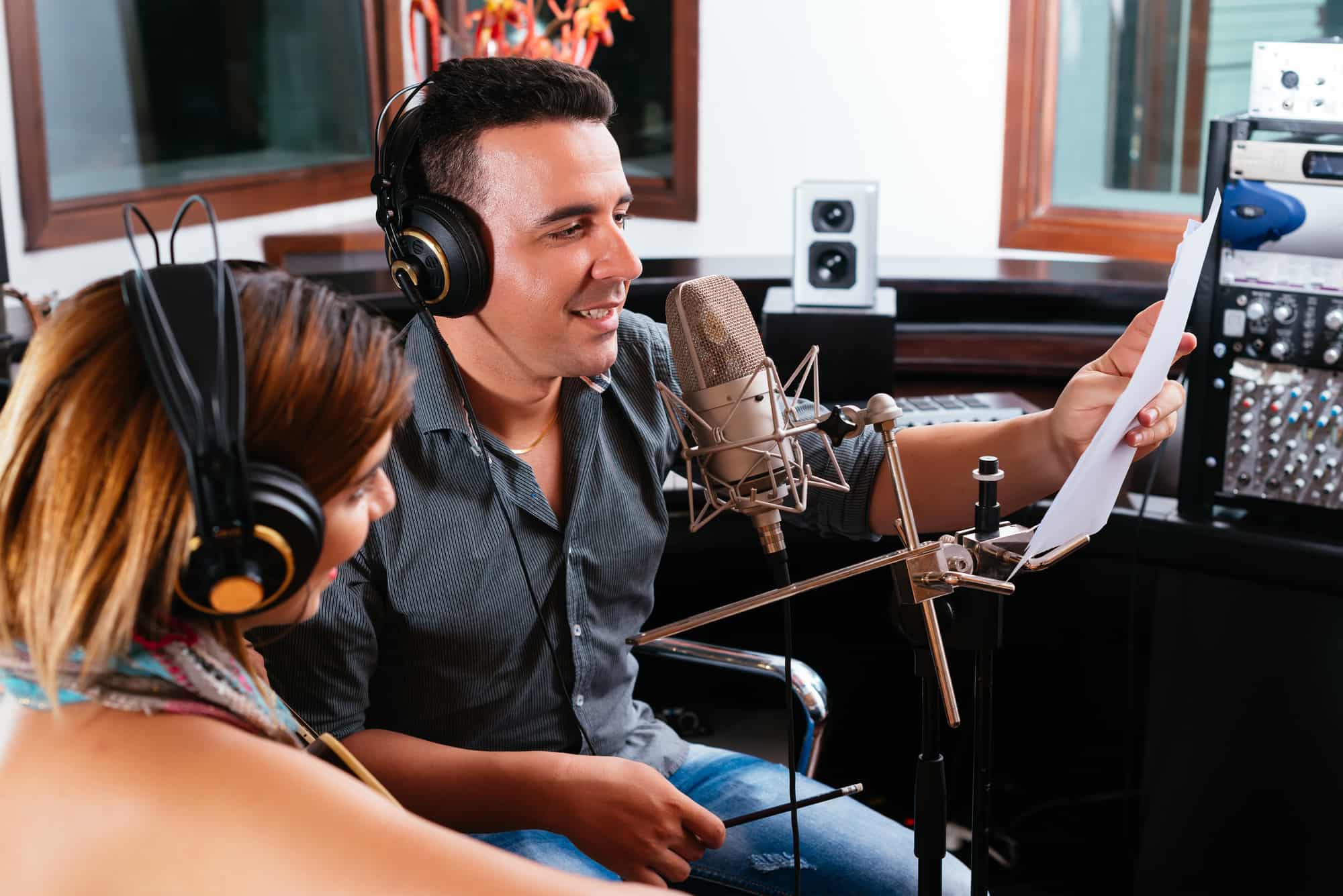
Image Source: Google
Podcasts have become a popular form of entertainment, education, and storytelling in recent years. With the rise of podcasting, the importance of high-quality audio production has also increased. Refer link: https://www.magicstudios.com.au/voice-over-recording-studio/studio-hire-for-podcasts/
Whether you're just starting out or looking to enhance your podcast's audio quality, mastering the art of podcast audio production is essential. In this comprehensive guide, we will cover everything you need to know to produce professional-grade audio for your podcast.
1. Setting Up Your Recording Space
Creating a Quiet Environment
- Choose a room with minimal background noise, such as a basement or a room away from noisy streets.
- Use soundproofing materials like carpets, curtains, or acoustic panels to reduce echoes and outside noise.
Investing in Quality Microphones
- Choose a microphone that suits your budget and recording needs, such as a USB microphone for beginners or an XLR microphone for higher quality.
- Consider using pop filters and shock mounts to reduce plosives and vibrations during recording.
2. Recording and Editing Software
Selecting the Right Recording Software
- Popular recording software options include Audacity (free), Adobe Audition, and GarageBand.
- Choose software that is user-friendly and offers the features you need for editing and mixing your podcast.
Editing Your Podcast
- Remove background noise, ums, ahs, and other distractions from your recording.
- Add music, sound effects, and transitions to enhance the listening experience for your audience.
3. Mixing and Mastering Your Audio
Adjusting Levels and EQ
- Balance the volume levels of each track to ensure all voices and sounds are clear and well-blended.
- Use EQ to enhance the tonal quality of your audio and reduce frequencies that may cause listener fatigue.
Adding Effects and Filters
- Experiment with reverb, compression, and other effects to add depth and richness to your audio.
- Use filters like noise reduction and de-essers to clean up any remaining imperfections in your recording.
4. Uploading and Distributing Your Podcast
Choosing a Hosting Platform
- Popular podcast hosting platforms include Podbean, Libsyn, and Buzzsprout.
- Consider factors like pricing, storage limits, analytics, and ease of use when selecting a hosting platform for your podcast.
Submitting Your Podcast to Directories
- Submit your podcast to directories like Apple Podcasts, Spotify, Google Podcasts, and Stitcher to reach a wider audience.
- Optimize your podcast title, description, and episode titles with relevant keywords to improve discoverability.
5. Engaging Your Audience with High-Quality Audio
Consistency is Key
- Release episodes on a regular schedule to keep your audience engaged and coming back for more.
- Maintain a consistent audio quality throughout your episodes to build trust and credibility with your listeners.
Solicit Feedback and Improve
- Encourage listeners to provide feedback on your audio quality and content to help you continuously improve.
- Experiment with new editing techniques, equipment, and styles to keep your podcast fresh and engaging.
Conclusion
Mastering the art of podcast audio production takes time, practice, and dedication. By following the tips and techniques outlined in this comprehensive guide, both beginners and experts can elevate their podcasting game and create high-quality audio content that captivates and inspires listeners.
